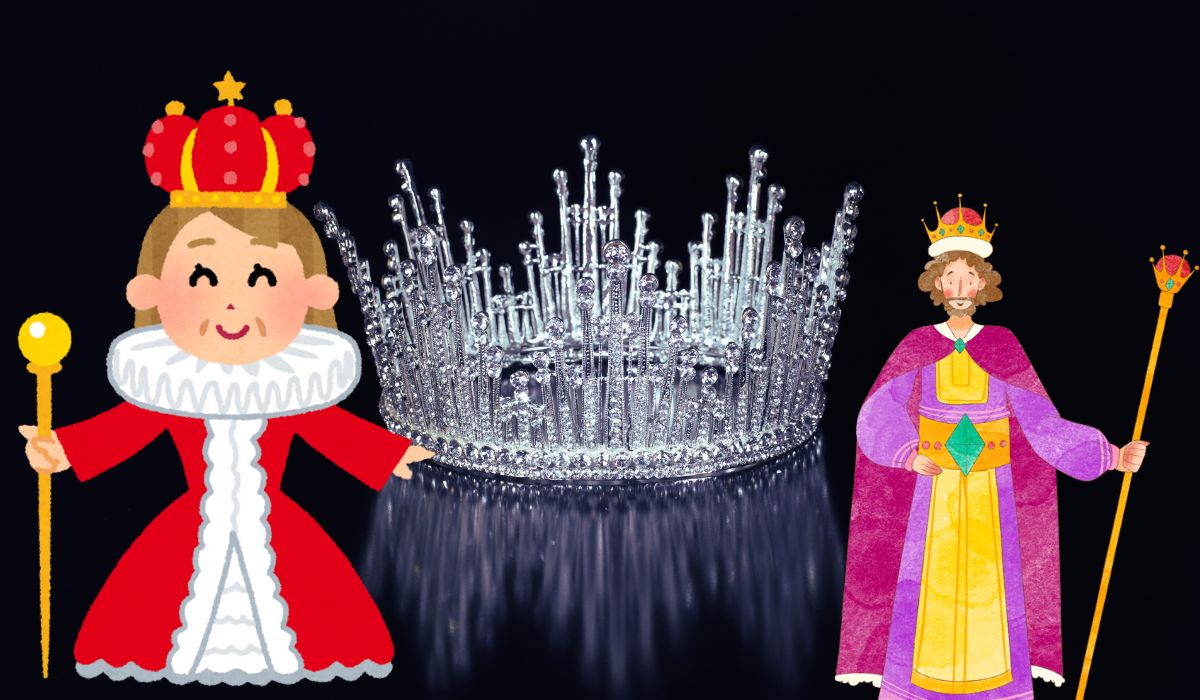 Dance has been an integral part of human expression across cultures and religions for millennia. But what does the Bible say about dance? This question often arises among Christians who seek to understand the role and significance of dance in their faith. In this article, we will explore various aspects of dance as mentioned in the Bible, addressing common questions and providing insights into how dance is perceived and utilized in Christianity. Our aim is to offer a clear and informative guide for readers who are curious about this topic.
Dance has been an integral part of human expression across cultures and religions for millennia. But what does the Bible say about dance? This question often arises among Christians who seek to understand the role and significance of dance in their faith. In this article, we will explore various aspects of dance as mentioned in the Bible, addressing common questions and providing insights into how dance is perceived and utilized in Christianity. Our aim is to offer a clear and informative guide for readers who are curious about this topic.
Is Dancing Allowed in the Bible?
Dance is indeed mentioned multiple times in the Bible, often in a positive context. Psalm 149:3 states, “Let them praise his name with dancing,” indicating that dance can be a form of worship and praise to God. Ecclesiastes 3:4 mentions, “A time to mourn, and a time to dance,” suggesting that dance is a natural part of human expression during times of joy. Therefore, dancing is not only allowed but can also be a way to honor and celebrate God’s presence in our lives.
What Does Dance Symbolize in the Bible?
Dance in the Bible often symbolizes joy, celebration, and worship. When the Israelites crossed the Red Sea, Miriam, the prophetess, led the women in dance and song to celebrate their deliverance from Egypt (Exodus 15:20-21). Similarly, King David danced with all his might before the Lord when the Ark of the Covenant was brought to Jerusalem (2 Samuel 6:14). These instances highlight dance as a powerful expression of spiritual ecstasy and communal joy.
Where Is Dance Found in the Bible?
Dance is found in several places throughout the Bible, both in the Old and New Testaments. Notable mentions include:
- Exodus 15:20-21: Miriam’s dance after the crossing of the Red Sea.
- Judges 11:34: Jephthah’s daughter dancing upon his victorious return.
- 2 Samuel 6:14: King David dancing before the Ark of the Covenant.
- Jeremiah 31:4: The promise of Israel’s restoration includes joyful dancing.
- Psalm 149:3: An encouragement to praise God through dance.
These examples show that dance has been a significant part of biblical narratives and celebrations.
How Is Dance Used in Christianity?
In contemporary Christianity, dance is used in various ways depending on the denomination and cultural context. In some churches, dance is incorporated into worship services as a form of praise and expression of joy. Liturgical dance, for example, is a form of worship dance that is choreographed and performed during church services or religious celebrations. It serves to visually convey the message of the scripture and enhance the worship experience.
Did Jesus Dance in the Bible?
The Bible does not explicitly mention Jesus dancing. However, considering that Jesus participated in Jewish cultural and religious practices, it is plausible that he may have danced during festivals and celebrations, which were common in Jewish life. Although we do not have a direct biblical account of Jesus dancing, his presence at events like the Wedding at Cana (John 2:1-11), where dancing would have been customary, suggests that he may have engaged in such activities.
Where in the Bible Does It Say Dancing Is a Sin?
The Bible does not explicitly state that dancing is a sin. However, it does caution against forms of dancing that can lead to immoral behavior. Galatians 5:19-21 warns against “works of the flesh,” which include “sensuality” and “orgies.” Therefore, while dance itself is not condemned, the context and manner in which it is performed are important. Christians are encouraged to ensure that their dancing is glorifying to God and not leading themselves or others into temptation.
Bible Verses About Dancing for the Lord
Several Bible verses highlight the importance of dancing as a form of worship and praise:
- Psalm 149:3: “Let them praise his name with dancing, making melody to him with tambourine and lyre!”
- Psalm 150:4: “Praise him with tambourine and dance; praise him with strings and pipe!”
- Jeremiah 31:13: “Then shall the young women rejoice in the dance, and the young men and the old shall be merry. I will turn their mourning into joy; I will comfort them, and give them gladness for sorrow.”
These verses show that dance can be a joyful and reverent act of worship.
Why Is Dancing a Sin?
While dancing itself is not considered a sin, it can become sinful if it leads to or accompanies inappropriate behavior. Dancing that promotes sensuality, lust, or other immoral actions contradicts biblical teachings. Christians are encouraged to engage in dance that honors God and aligns with the values of modesty and purity. 1 Corinthians 10:31 reminds us, “So, whether you eat or drink, or whatever you do, do all to the glory of God.”
Conclusion
Dance is a multifaceted expression found throughout the Bible, symbolizing joy, celebration, and worship. It is allowed and even encouraged as a form of praising God, provided it aligns with Christian values and does not lead to sinful behavior. By understanding the biblical context of dance, Christians can appreciate its significance and incorporate it into their worship in meaningful ways.









